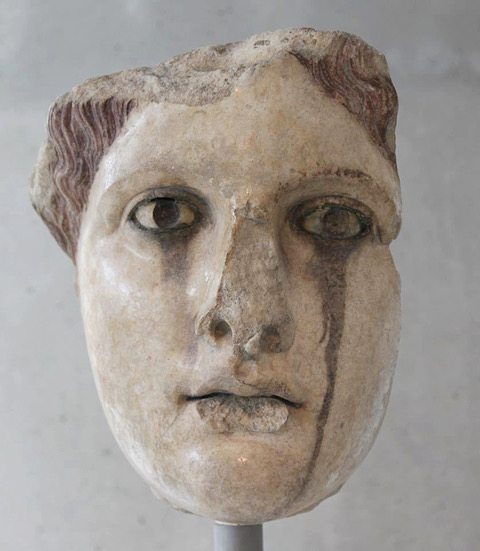There’s More to Colour than Meets the Eye; Medieval and Early Modern Colour Perception
DOI:
https://doi.org/10.5617/clara.v5i0.7983Abstract
This paper will review some ways in which colours could have been perceived in the Middle Ages in Western Europe. Central to the paper is an assertion that, historically, colour was perceived as an embodied phenomenon. Whilst colour was in itself immaterial, it was produced as the result of interactions between light and material and was received into the body as a vehicle that carried properties associated with the (earthly) material with which (heavenly) light had interacted. The question of colour is approached from the practical engagements of those who interacted with coloured artefacts – like craftspeople and consumers – and assumes a limited access to contemporary theories of colour.
Downloads
Published
2020-05-26
Issue
Section
Special issue



